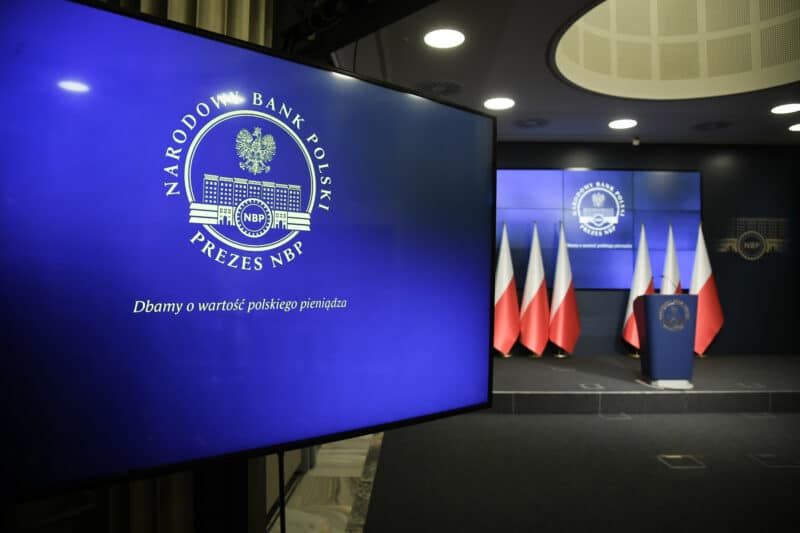RPP maintains interest rates as they are, continuing the policy since last October when the latest change in interest rates occurred. Today’s decision was in line with market expectations, although this time we had to wait a bit longer for it, possibly due to the Monetary Policy Council familiarizing itself with new inflation projections, and also most likely the Government decided to return the VAT rate on food to 5%, which will surely lead to an increase in inflation. How does the National Bank of Poland (NBP) now view the inflation compared to the situation in November?
According to the latest inflation projections, the rate of price growth should be slower than projected in November. In an official statement, we can read: “with a 50% probability, annual price dynamics will be in the range of 2.8 – 4.3% in 2024 (compared to 3.2 – 6.2% in the projection from November 2023), 2.2 – 5.0% in 2025 (compared to 2.2 – 5.3%) and 1.5 – 4.3% in 2026”. At the same time, NBP points out that inflation’s future will depend on factors related to administered prices. The return of VAT on food to 5% is almost certain, and it is most likely we can expect energy prices to be adjusted to higher levels. During the last press conference, Prof. Adam Glapiński suggested that in a worst-case scenario, inflation could reach 8-9% this year, conflicting with the current projection. It can be assumed, therefore, that the projection did not factor in an increase in administered price levels. Note that the projection does not foresee a reduction in interest rates this year. How does the market react?
The market still sees a chance for interest rate cuts this year, but such a move could only be possible toward the year-end, probably in the last quarter. Inflation publications from mid-year will be critical, so we should not be swayed by March’s inflation drop even to the inflation target level.
It’s also worth looking at the situation with our neighbors. In the Czech Republic, we’ve observed a dramatic drop in inflation to a level of 2.3%, although this resulted from a comparatively high base last year, and the rest of this year could be very similar to what we’ll observe in Poland. Nevertheless, the Czech central bank has adopted a slightly different strategy. Interest rate cuts occurred in December and February, a total of 75 basis points down to 6.25%. It’s expected that interest rates will be cut further this year, although they will remain restrictive in terms of inflation.
So is there a chance that cuts will also appear in Poland? This will always depend on how inflation performs after the raises in food and energy prices. The NBP still expects a drop in core inflation, which excludes the most volatile prices, but expects this to be a slower decrease than before.
The Polish Zloty strengthened ahead of the RPP’s decision on interest rates, and a daily low on USDPLN and EURPLN was set just before the decision. The Zloty, however, strengthened more during the publication of the statement. Despite the message showing a more significant drop in inflation than in November, it’s clear that interest rate cuts are currently ruled out due to the high uncertainty. After the publication of the statement, we paid 4.2980 PLN for a euro and 3.9480 PLN for a dollar.
Author: Michał Stajniak, Deputy Director of XTB Analysis Department
